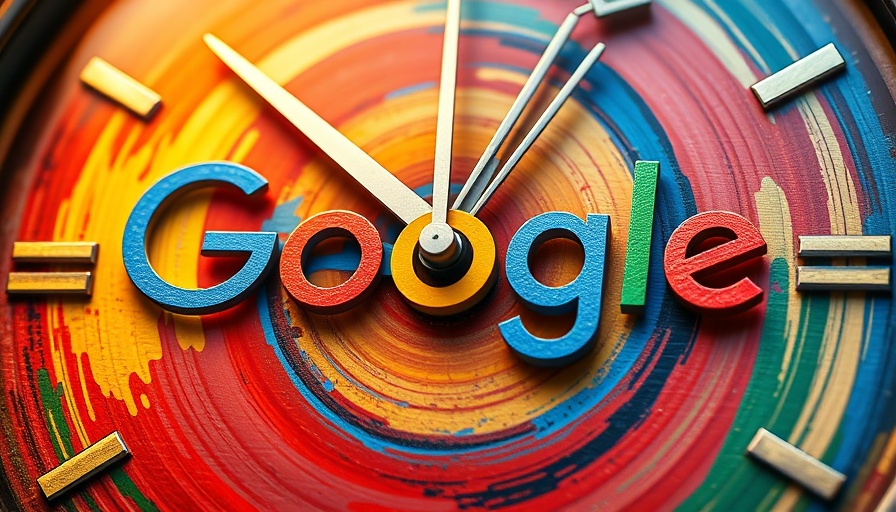
Google Search Console: A Shift Towards Real-Time Insights
The digital marketing landscape is ever-evolving, and Google Search Console is stepping up its game. Recent updates to the reporting system now allow for precision in viewing updates at 30-minute intervals, moving away from the standard hour-based reporting. This change could significantly enhance how marketers and small business owners monitor their web performance.
Understanding the New Reporting Precision
Previously, users had to settle for updates that rounded to the hour, like '3 hours' or '4 hours ago'. This often led to confusion when trying to paint an accurate picture of website performance. With the new 30-minute updates, data such as '3.5 hours ago' can now be visualized. This is not just a simple cosmetic change; it hints at a more data-driven and immediate approach to online marketing analysis.
Empowering Small Business Owners with Timely Data
For many small business owners and marketers, the ability to see performance metrics in finer detail can be a game changer. Whether tracking website traffic after a recent marketing campaign or assessing user engagement, more frequent updates mean quicker adjustments can be made to strategies, potentially leading to better results.
Future Trends in Data Reporting
This leap toward 30-minute reporting might be paving the way for even more robust data capabilities in the future. There’s speculation that Google might further refine its reporting intervals, providing insights that could even dip to five or ten-minute updates. Such evolution would not only reflect current digital engagement trends but would also help marketers adapt rapidly in a fast-paced environment.
Embracing Change: Why it Matters Now More Than Ever
As we navigate through an increasingly digital marketplace, remaining agile in our strategies is crucial. With more detailed reporting via Google Search Console, marketers can make informed decisions faster. This can enhance customer experiences, especially in campaigns built on real-time user behavior.
Preparation for Enhanced Reporting Features
As these features become standard, proactive marketers will look to integrate this style of reporting into their strategy. This could mean adjusting budget allocation, experimenting with targeted advertising, or even pivoting the entire marketing approach based on up-to-the-minute data insights.
Conclusion: Adapting to an Evolving Landscape
The enhanced reporting in Google Search Console emphasizes a broader shift in digital marketing toward precision and immediacy. Users should regard this as a valuable tool for their marketing toolbox. Recognizing and embracing these changes could lead to improved engagement with consumers and ultimately, better success for their businesses.
 Add Row
Add Row  Add
Add 




Write A Comment